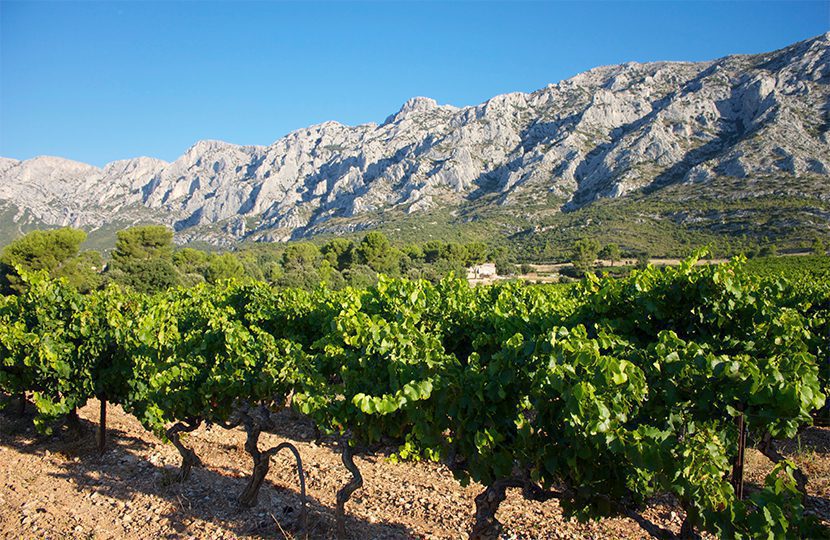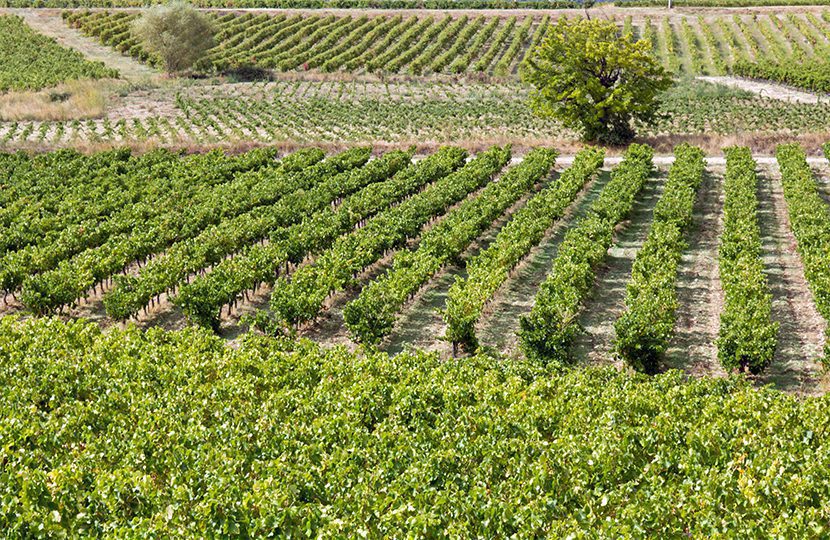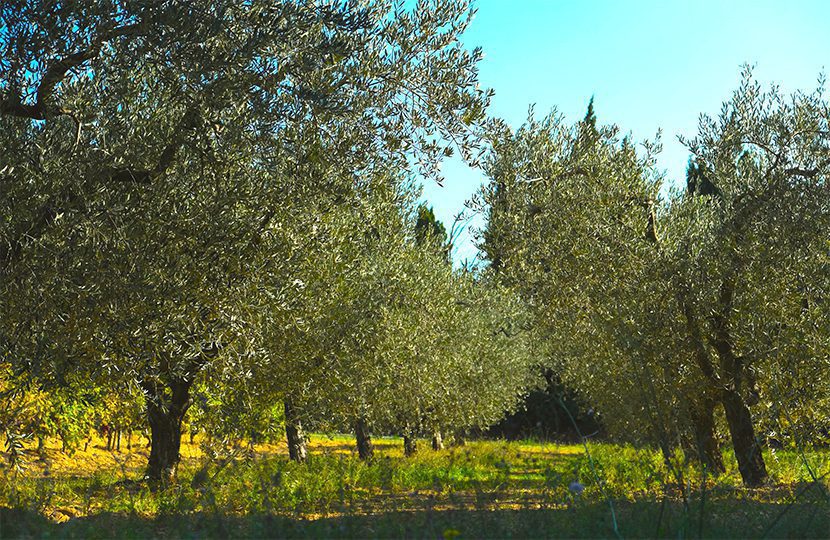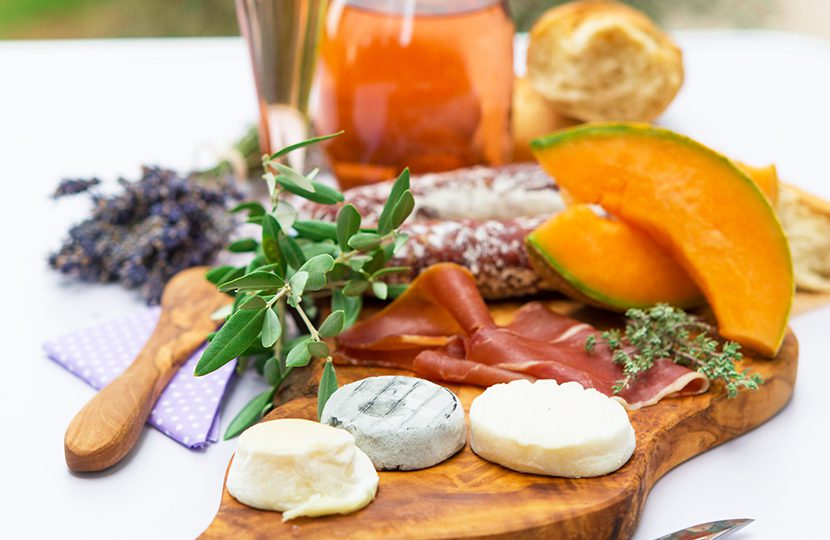It’s been a long time since you considered your tastes and how they may have changed. The inclusion of the “gastronomic meal of the French” on the UNESCO list of Intangible Cultural Heritage calls to much more than your palate.
World Travel Partnership
A journey through Provence
A lifestyle of beauty seasoned with simple pleasures
It’s been a long time since you considered your tastes and how they may have changed. The inclusion of the “gastronomic meal of the French” on the UNESCO list of Intangible Cultural Heritage calls to much more than your palate. On 21st March 2019, French global gastronomy will hit the world stage on 5 continents in over 150 countries, involving French embassies and chefs from around the world.
The Fête de la Gastronomie will take place as part of the international event “Goût de France/Good France,” the brainchild of Alain Ducasse, France’s best-known superchef and first to receive the maximum three-star Michelin rating. “French menus” served up around the world include mouthwatering rendezvous, tastings, picnics, and masterclasses for days of delicious discovery highlighting France’s innovative chefs and culinary heritage.
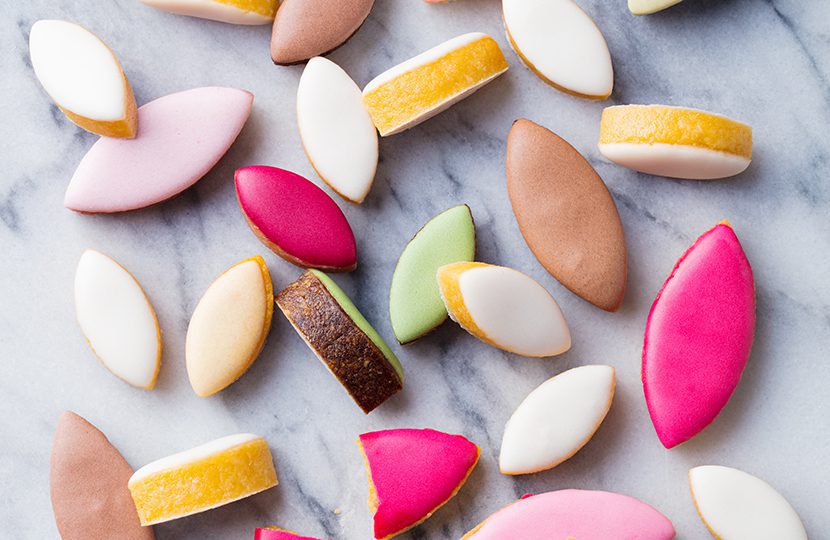
Calissons, traditional French Provence sweets
Provence exemplifies that heritage in breathtakingly delicious ways. On the shores of the Mediterranean Sea, with the Alps to the North and Rhône River running through it, legendary sun-drenched Provence’s idyllic climate and fertile soil provides stunning vistas––not only the subject of many a masterwork, but also fertile lands of incredible bounty. Enjoy the art of the picnic and other simple pleasures here at the culinary crossroads of Europe and the Mediterranean.
Provence provides the picturesque, perfect place for your unique gastronomic tour. It not only casts a spell on couples falling ever deeper in love with each other, but Provence also calls to our soul, coaxing us into parts of ourselves we might not have made room for before. It’s time to make some memories, and nobody does it better. After choosing a dress at a medieval village’s local market, you stretch out under the stars and listen to the hum of Cicadas while nibbling on calissons.
Time has no meaning when you are in love. But you can find meaning in the calissons at the new Musée Du Calisson. Within world-renown confectioner Roy René’s place nearby Aix-en-Provence, the museum gives a delectable insight into the history of the almond in Provence and the birth of the town’s legendary candy.
Exceptional beauty and gastronomy here satisfy every craving for life’s simple pleasures. A romantic picnic finds you heading into the lavender-scented countryside with castle-dotted vistas.
Provence’s greatest commodity? Happiness. It’s virtually impossible to be unhappy standing in fields of lavender, the perfect rose in hand. Try it. Then add absinthe, pastis, rosé, bread, garlic, olive oil, truffles, and a great salami. This is the good stuff, moments to savour for the rest of your life.
Traditional or modern, you don’t need to be born an epicurean to enjoy this natural cuisine and discover new worlds of flavour here. And you don’t even have to pick a destination. The best part of Provence is a licence to wander on a delectable Provençal discovery.
Officially banned in 1915, break a few rules by indulging in an absinthe tasting. Enjoy the enchantment of la fee verte, a popular French nickname for absinthe meaning the green lady. Imbibe in the wormwood green elixir like artists and intellectuals did back in the day when they needed a little inspiration. They also shaped the perception of the drink in their artwork with some choosing to depict the drink as more of a seductress than a muse, exposing the darker side of the green lady. The drink, invented by Dr Pierre Ordinaire on a retreat from the French Revolution in the Swiss town of Couvet, soared in popularity during the Great French Wine Blight in the mid-1800s, when it was used to cure everything from malaria to migraines.
Paul Ricard, a businessman from Marseille, developed a drink called pastis in the wake of the absinthe frenzy. Savvy and stylish this tastemaker implored lots of chic sidekicks to push his drug of choice on the masses, and the rest is history. Made of 45% ABV, the drink features green aniseed, star anise, fennel and plants with similar aromas, and a sprinkling of liquorice roots, as much a symbol of Provence as her uniquely seaside, vineyard-laden, sunflower-filled countryside.

Village de Gordes
Did someone say wine? You’ve come to the right place. The Greeks began the cultivation here around the 5th century BC. With 2,616 years of production throughout Antiquity invaders and traders brought the region’s rosé across the Mediterranean. It all began when the Phocaeans washed up on the beaches of Marseille in 600 BC then ventured deep into Provence carrying their ‘light-coloured’ wines. The rest is history. Today Provence is known especially for sunny days full of Rosé wines, but also famous for the red and white wines.
Enjoy a wine tour through the region to experience the warmth and friendship of the locals as they meet to share a glass or two of their favourite wine, drunk with friends on terraces. Begin in Châteauneuf-du-Pape with a tour of Domaine de Beaurenard for gloriously rich red wines, redolent of the heat and herbs of the south. You might be lucky enough to arrive during harvest where grapes come in for de-stemming and crushing. View the wine cave and enjoy lingering over their samples in the tasting room. The old church at the top of the beautiful little town provides some awesome Instagram shots for your feed.
Next, enjoy gorgeous Gigondas and the Domaine La Bouissiere winery where your pourers have so much charisma, they could have their own late-night talk shows, and the stunning terrace at the Caveau will enchant as much as the fairytale village. Perched on a hilltop, a ruined castle and campanile offer incredible panoramic views with vineyards spilling over the surrounding hillsides in waves.

Canape with olive and tapenade
You’ll be getting weighed down with bottles by now, but that’s okay, you need plenty of wine for your stay. Next stop on the wine-ding road is Vacqueyras which doesn’t disappoint with a tour the biodynamic winery of Domaine La Ligière. Enjoy taking a walk through the history of the region’s appellation with one of their renowned sommeliers.
Now that you have collected your favourite bottles, you’ll need a few snacks to bring out the flavours of your new favourite world-class wines. Thankfully you won’t have to go far to find some of the world’s best appetisers.
A visit to Menerbes is a great way to bring the fantasy of the region to life, featured in the book A YEAR IN PROVENCE. This charming hilltop village is the perfect place to visit an organic olive oil producer who will enjoy regaling you with the tales of the life of olive trees and story of how some can live in neglect for hundreds of years, but when they thrive they can live for well over a thousand.
Enjoy exploring the many varieties of olives at a local market here––Tanche, Picholine, Saloneque, you’ll find as many olives as there are lavender fields. A side-trip to Bonnieux finds you learning about the intricacies of honey making and beekeeping.
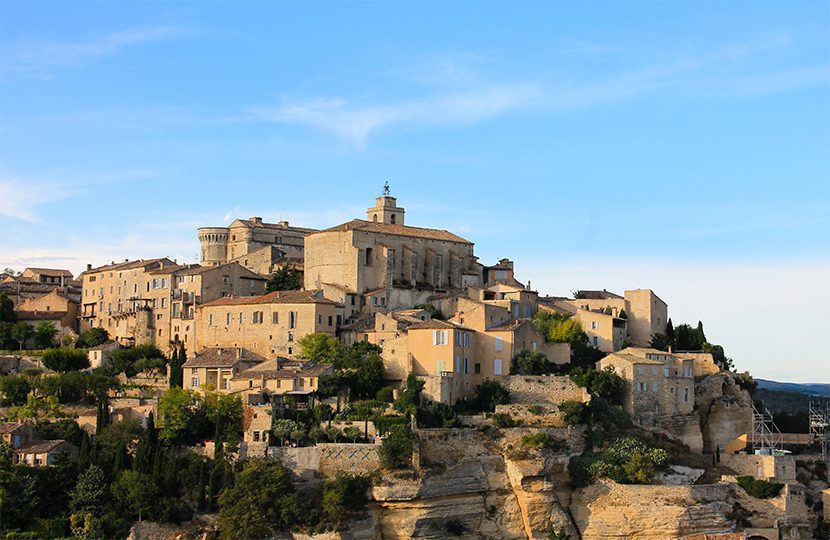
Village of Gordes
Speaking of thriving, you’ll want some wonderful herbs and bread to go along with your olives and tapenade. Welcome to the land of the baguette, where they also cultivate the finest of herbs and aren’t afraid to use them. Lovers of fine cuisine know that bread can be a meal in itself. Go ahead and slather it with olive oil and rub it with garlic, or enjoy with garden-ripe tomatoes sprinkled with herbs de Provence and anchovies. But it’s the region’s legendary goat cheese you’ll love. Don’t stop there, be sure to sample the bouillabaisse in Marseille too. You have plenty of time and places to explore old favourites and, more importantly, branch out to discover something new like Pan-Bagnat, a speciality from Nice, that satisfies even the biggest of appetites. Bon appetit! For more information, visit tourismepaca.fr ◼
Subscribe to the latest edition now by clicking here.
© This article was first published in Oct-Nov 2018 edition of World Travel Magazine.
If you would like to comment on this story or anything else you have seen on World Travel Magazine, head over to our Facebook page or message us on Twitter.
And if you liked this story, subscribe to our bi-monthly World Travel Magazine, a handpicked selection of editorial features and stories from Global Destinations, Inspire Me, Insider, Style File, Wellness & Travel, City Travel, Suite Life, At Leisure, Short Breaks and much more.


